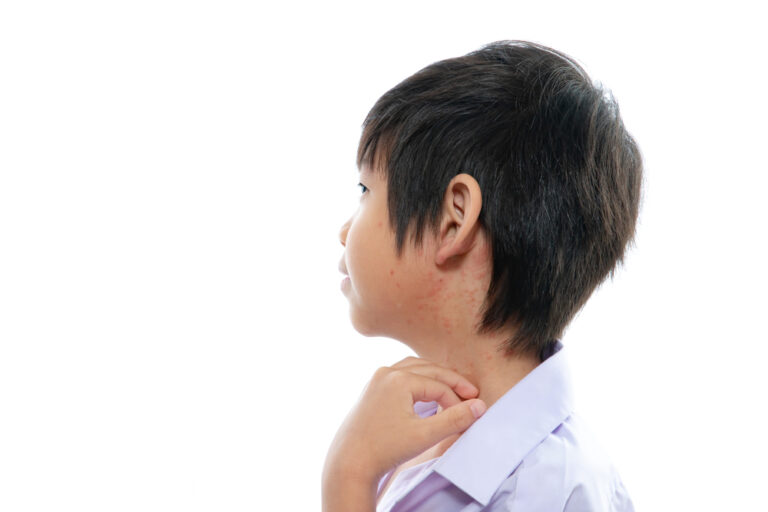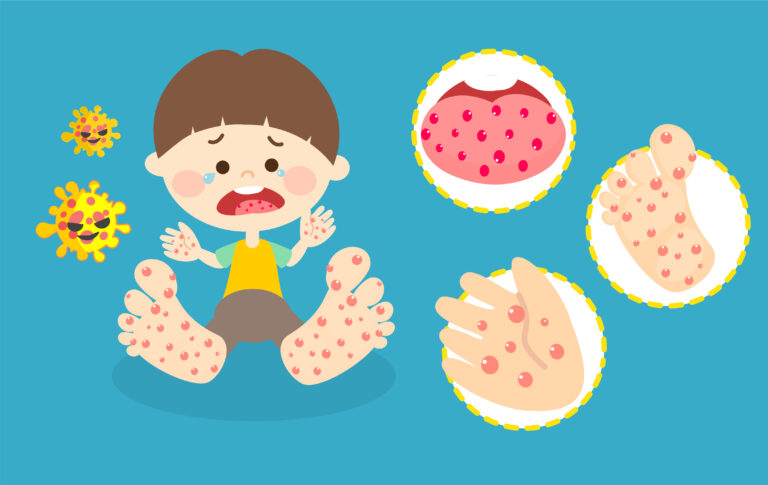
Written by: Dr Cheung Kit
I remember watching a terrifying TV show during my college days. It was about how a virus similar to Ebola spread among residents and outsiders in a certain area, leading to everyone’s death. In the drama, people infected with the virus would inevitably develop red rashes on their bodies even in the early stages. Therefore, many people have a deep impression that rashes represent serious diseases.
In fact, this is only half true. A rash is a symptom that can be a skin problem or a reaction to a systemic disease. Skin diseases can be simple skin sensitivities, mosquito bites, shingles, sunburns, etc. Systemic reactions can be due to drug sensitivities, infections, autoimmune disorders, etc. The previous statement “half true” means that among systemic reactions, some are more severe, while others are milder.
Severe examples include:

So what are the “other half” of rashes that are not serious?
Infant Eczema
Therefore, having a rash does not necessarily mean there is a big problem. However, if a rash occurs at the same time as fever, systemic symptoms, or poor mental state, it means it would be better to see a doctor sooner rather than later.